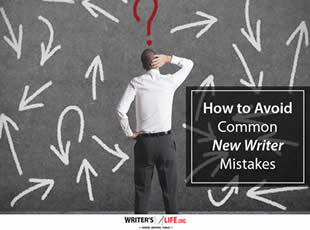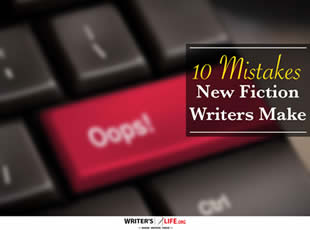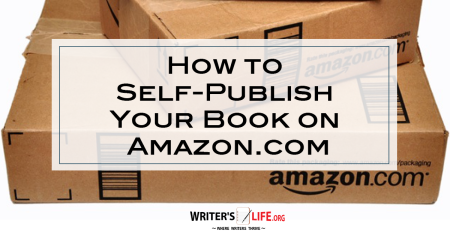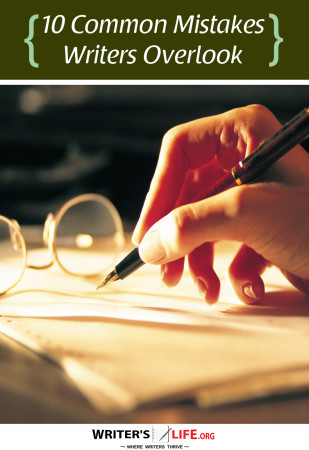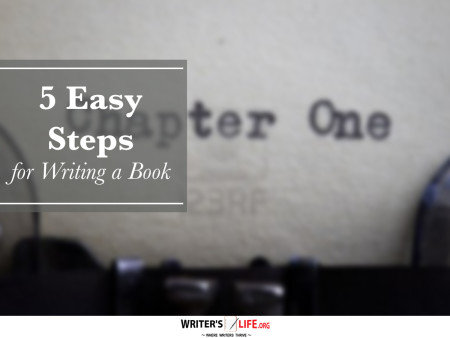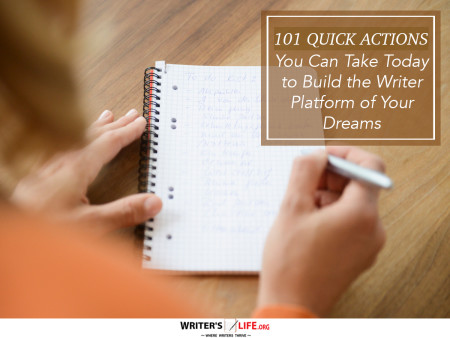- How To Tackle Jealousy In Creative Writing
- Common Submission Mistakes
- How To Stop Your Blog Becoming Boring
- The One Thing Every Successful Writer Has In Common
- How To Make Yourself Aware Of Publishing Scams
- Why Almost ALL Writers Make These Grammar Mistakes At Some Point
- 5 Tips For Authors On How To Deal With Rejection
- Top Mistakes to Avoid When Writing a Novel
- How to Avoid Common New Writer Mistakes
- 10 Mistakes New Fiction Writers Make
Book Pricing Strategies – 5 Simple Ways to Gain Visibility

Book pricing strategies can be a bit like Goldilocks and the Three Bears. That is, finding the price that’s “just right” for your book isn’t always easy. Too high, and readers might bypass it for a cheaper alternative; too low, and you might devalue your work in their eyes. So, how do you set a price that not only attracts readers but ensures your book doesn’t vanish into the background noise on Amazon? Let’s chat about that.
Why Book Pricing Strategies Are Like Choosing a Coffee Shop
Think about the last time you wandered into a coffee shop. You probably didn’t pick the first one you saw, right? Instead, maybe you considered the vibe, the menu prices, and how often it popped up in your Instagram feed. The same principle applies to your book. There's a lot more to consider than simply slapping a price tag on it.
The key to effective book pricing strategies is understanding the market and your potential readers. You want to gauge what similar books in your genre and of your quality are being sold for. According to Wikipedia, the publishing world has evolved significantly with digital platforms, making it critical to know where you stand.
Find Your Book's Sweet Spot
A few years ago, I released my first thriller novel, and I had no idea what I was doing with pricing. I felt like a blindfolded contestant on a game show, randomly picking numbers. But then I decided to dig deeper and study successful book pricing strategies. I checked out other thrillers, noted their book prices, and paid attention to where they ranked on best-seller lists.
This helped me realize that my initial price was too high. I adjusted, aiming for the middle ground—not too low to scream “bargain bin,” but not so high that readers second-guessed their purchase. Find that sweet spot by experimenting; remember, you can always adjust later if necessary.
Don’t Choose Price Randomly—Test and Adjust
Once you’ve set your initial price based on market research, keep an eye on how your book performs. Analyzing sales data is like checking your car’s dashboard; it tells you when something isn’t running smoothly. Use varying prices to see how it affects your sales, and don’t be afraid to tweak accordingly.
- Start with a promotional 99-cent sale to boost visibility.
- Incorporate reader feedback to understand perceived value.
- Run A/B tests to compare different price levels over time.
Want to promote your book after it’s published? Check out our Book Marketing Articles.
Psychological Pricing – It's Not Just for Groceries!
Pricing your book at $3.99 instead of $4.00 can affect a reader’s perception more than you might think. It’s a tactic used across industries to make prices appear more attractive without drastically cutting into your profits.
By focusing on creating a psychological appeal, you’re employing a smart approach to pricing. Think about your book as a product on a shelf; you want it to catch someone’s eye, intrigue them with its blurb, and finally, make them think, “Oh, just a couple of bucks more than a fancy latte.”
Make Your Book Competitive in a Crowded Marketplace
Now, let’s focus on standing out in the crowded book market. Smart book pricing strategies alone can’t do all the work; they have to be part of a bigger plan involving quality cover design, killer marketing, and strategic promotion. A lower price point can drive initial attention, but it needs to be part of a concerted effort to maintain that attention.
Once, I tried selling a novella with no marketing plan—big mistake. It was like trying to sell lemonade in a snowstorm. So, learn from that blunder and ensure your pricing is just one spoke in your wheel of successful book promotion.
Frequently Asked Questions About Book Pricing Strategies
Q: Should I change my book price often?
A: While occasional promotions can boost visibility, frequent price changes can confuse readers and distributors. Consider experimenting initially, then stabilize.
Q: How important is perceived value in pricing?
A: Perceived value is crucial. Pricing too low might indicate low quality to potential readers, while being too high can make your book appear overpriced compared to similar titles.
If you're serious about growing your author career, don't miss out on these free tools and templates built specifically for writers. Access all 7 free resources here.



















